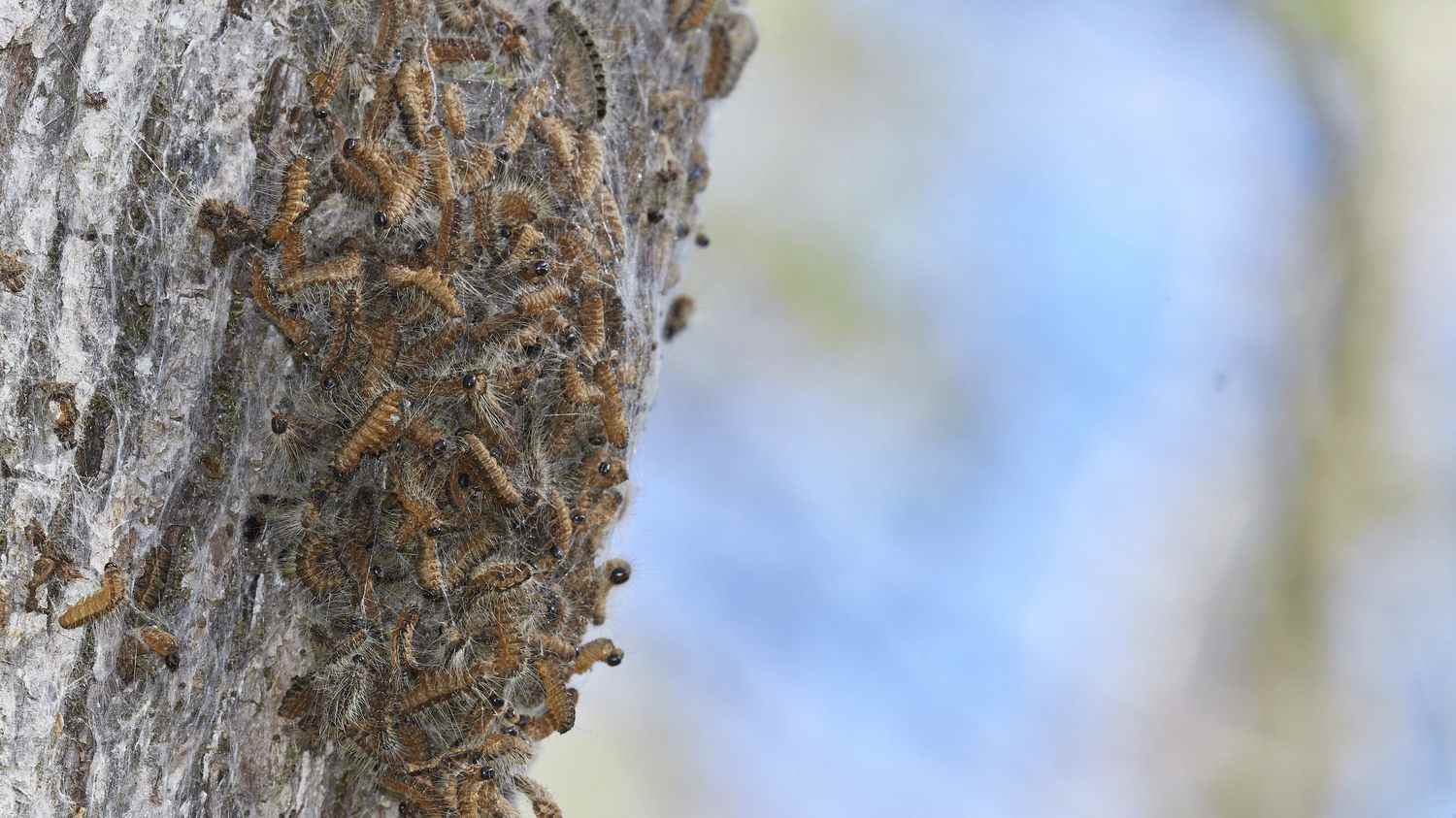Between the branches of the hundred-year-old oaks of the Sainte-Marie park in Nancy (Meurthe-et-Moselle) hides the answer to the proliferation of processionary caterpillars: nesting boxes for tits and their hungry young. “She is along the trunk”says Loïc Delagneau looking at one of these trees. “We hear the chicks asking for their pittance”describes the head of the urban biodiversity service of the city of Nancy.
June is the month of high season for these butterfly larvae, which can congregate in the thousands on trees and are a danger to humans and animals because they cause health problems because of their hairs. stinging. So much so that the species was classified in April as harmful. Add to that the risk borne by the trees that inhabit them. “When there are heavy pullulations, the oaks can be 90% or even 100% defoliated”explains Christophe Bailly, technician at the center of the National Research Institute for Agriculture, Food and the Environment (Inrae) in Champenoux, near Nancy.

“It can weaken the oak trees if repeated over several years, with well-marked dry spells in July and August, often combined with a disease that arrives on the second shoots of leaves in summer.”
Christophe Bailly, technician at Inraeat franceinfo
The city of Nancy has therefore found a natural parade. “We have three to four species of tits that frequent the park. The ones that interest us are more the great tits and blue tits, which are the most present and attack butterfly caterpillars”, explains Loïc Delagneau. In 2021, around thirty new nesting boxes were installed to encourage the presence of tits, which are above all a prevention tool intended to avoid the overflow of caterpillars. “The last peak was around 2011-2012. We really had a lot of processionary caterpillars.”
“With the nesting boxes, we try to ensure that this peak is as delayed and as low as possible each year, thanks to these tits which are natural predators and will make it possible to regulate the caterpillars.”
Damien Richter, municipal councilor responsible for animal rights and welfare as well as biodiversityat franceinfo
In the event of an outbreak, more drastic methods, such as spraying with deadly bacteria, can be used to eliminate these caterpillars. Inrae is also trying to develop new methods for the targeted elimination of oak processionary caterpillars.
In Nancy, chickadee nesting boxes installed in the oaks to “attack the processionary caterpillars”. Olivier Émond’s report.
to listen
